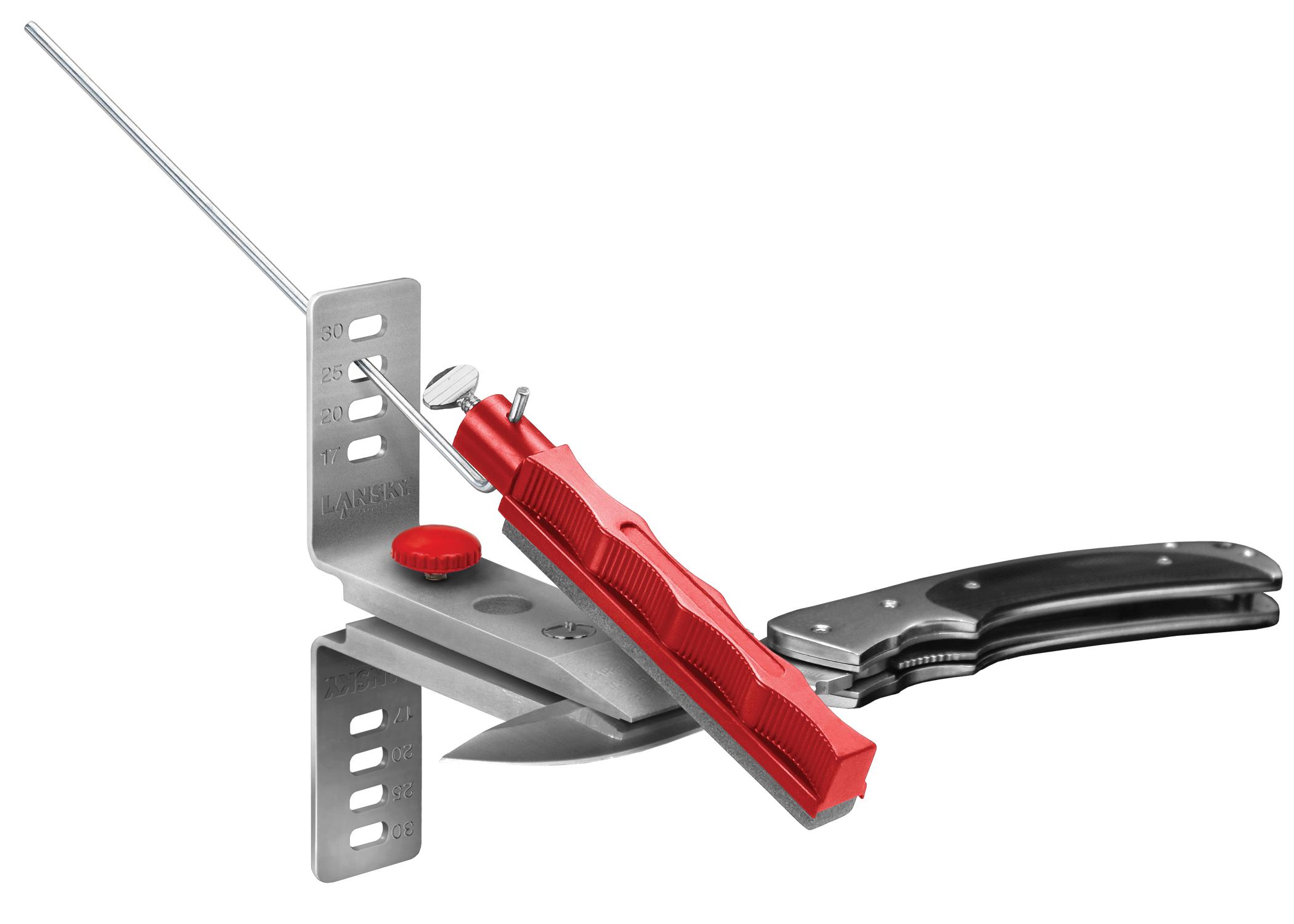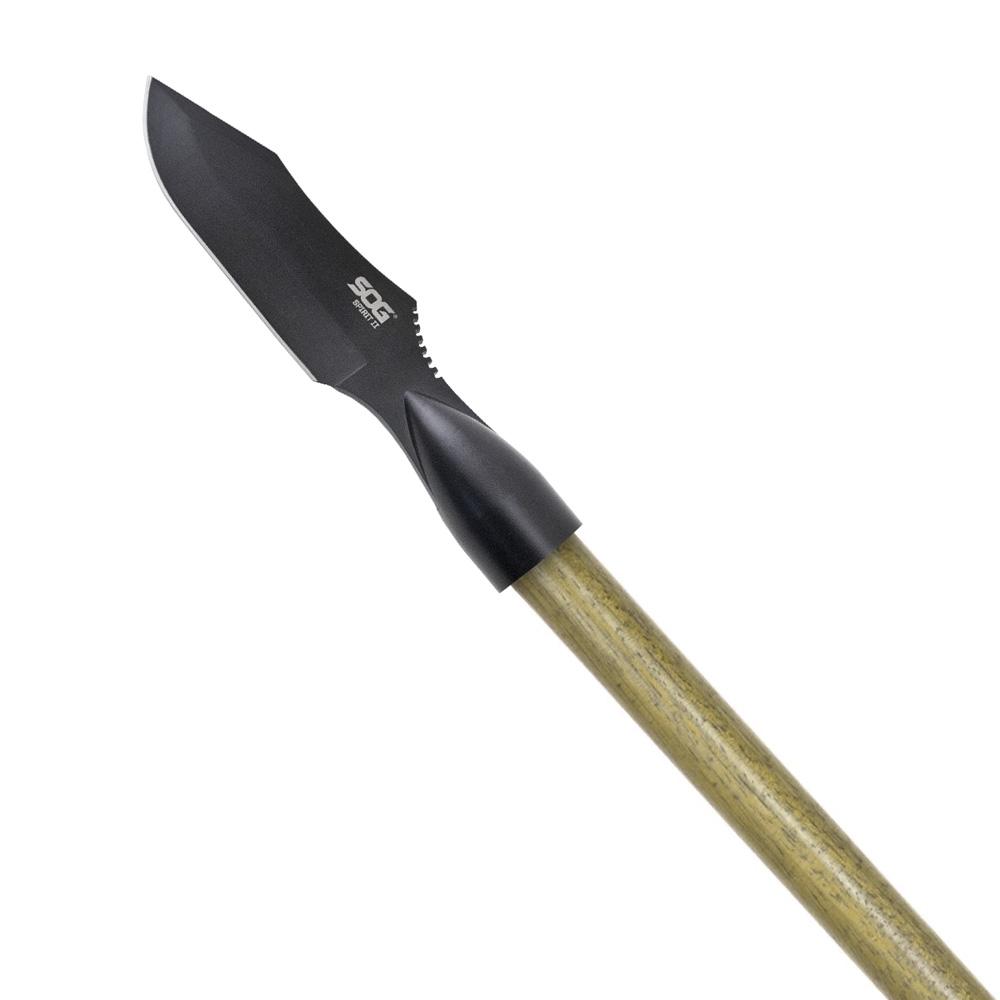Let’s face it: a dull knife is a dangerous knife. More likely to slip and cause injury than efficiently slice through your ingredients, a blunt blade is a culinary nightmare. But how do you actually test the sharpness of your knife? Beyond the ‘hair-shaving’ test (which, let’s be honest, isn’t the most reliable), there are several fun and effective ways to gauge your blade’s cutting prowess. This guide dives into some interesting methods, moving beyond the basics to help you understand your knife’s performance.
Beyond the Hair Test: More Accurate Methods
While the hair-shaving test offers a quick glimpse into sharpness, it’s far from precise. A slightly dull blade might still manage to cut a hair, yet struggle with tougher materials. Let’s explore more reliable methods:
The Paper Test: A Simple Yet Effective Check
Grab a piece of standard printer paper. Hold it gently between your thumb and forefinger, then try to slice through it with your knife. A truly sharp knife will slice cleanly through the paper, requiring minimal pressure and creating a smooth, even cut. Any resistance, tearing, or uneven cut suggests a need for sharpening.
The Tomato Test: A Culinary Benchmark
Tomatoes offer a great test because their skin is relatively tough, providing a more realistic assessment of your knife’s performance. Try slicing a tomato without applying excessive pressure. A sharp knife will effortlessly slice through the tomato’s skin and flesh without crushing or tearing. A dull knife, on the other hand, will likely require significantly more force and result in a messy cut.
The Onion Test: Layers of Precision
Similar to the tomato test, but with added layers of complexity, the onion test provides a detailed assessment. A sharp knife will slice through multiple layers of onion without needing to saw back and forth. The cut should be clean and precise, with minimal onion clinging to the blade. A dull blade will often compress or crush the onion, causing it to stick to the knife and tear.
The Newspaper Test: A Test of Cleanliness
Unlike other tests, this assesses the smoothness of your knife’s edge. Attempt to slice through a folded newspaper. A sharp knife should produce a smooth, clean cut. If the blade catches and tears the paper, it suggests irregularities on the edge and indicates a need for honing or sharpening.
Understanding the “Why”: The Importance of Sharpness

Beyond the simple satisfaction of a perfectly sliced tomato, the sharpness of your knife is crucial for several reasons:
- Safety: A sharp knife requires less pressure to cut, making it significantly safer to use. Excessive pressure with a dull knife increases the risk of slips and accidents.
- Efficiency: Sharp knives make cooking faster and easier. Clean cuts save time and effort, ensuring your culinary creations are completed with ease.
- Food Quality: A sharp blade creates cleaner cuts, preserving the texture and appearance of your food. This is especially important when working with delicate ingredients.
- Blade Preservation: Ironically, keeping your knife sharp extends its lifespan. A dull blade requires more force, potentially damaging the edge over time.
Maintaining Your Edge: Sharpening and Honing

Regular sharpening and honing are crucial for maintaining your knife’s sharpness. Honing realigns the blade’s edge, while sharpening removes material to restore its sharpness. Invest in a good quality honing steel and a sharpening stone to keep your knives in peak condition. Consider professional sharpening for particularly valuable or intricate blades.
Beyond the Blade: Choosing the Right Knife

The sharpness test is only half the battle. The quality of the knife itself greatly impacts its performance. Choosing a knife made from high-quality steel is essential. Look for brands known for their durability and sharpness retention. Consider the type of knife for its intended use – chef’s knives excel at versatility, while paring knives are ideal for precision work. Investing in a quality knife is an investment in your culinary experience.
Conclusion: A Sharp Knife is a Joy to Use

Testing the sharpness of your knife isn’t just about satisfying curiosity; it’s about ensuring safety, efficiency, and the ultimate quality of your culinary creations. Experiment with these fun methods and discover the joy of working with a truly sharp blade. Remember, regular maintenance, combined with selecting a quality knife, will keep your cooking experience both enjoyable and safe.